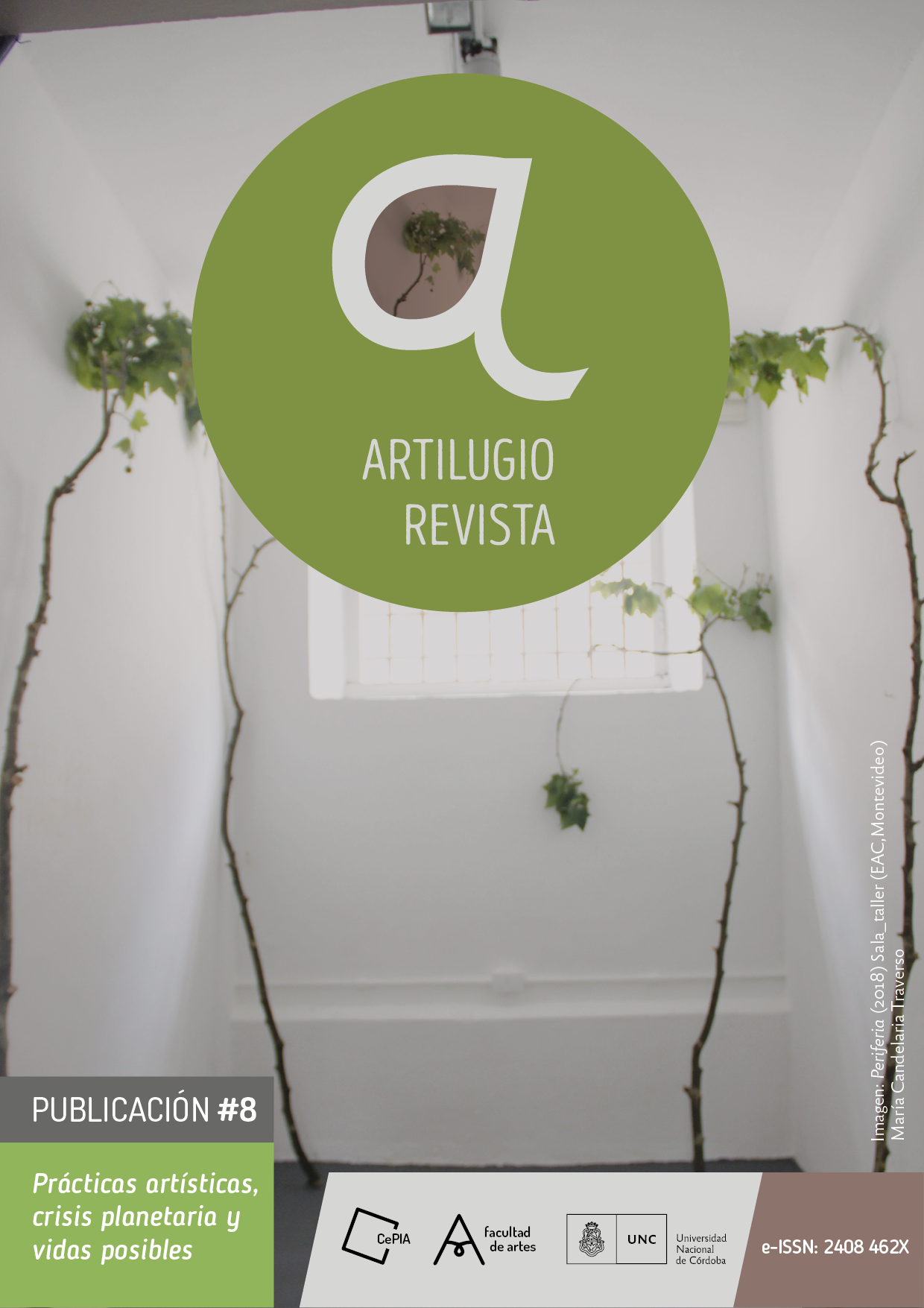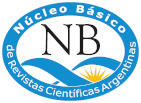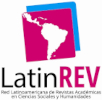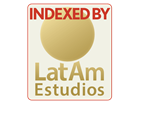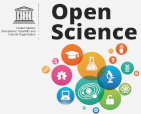Photographic essay: The return of the water…
DOI:
https://doi.org/10.55443/artilugio.n8.2022.38484Keywords:
Photography, Photo-documentation, Deserts, Flora, RiverAbstract
This photographic essay was built through a series of ethnographic tours at the irrigation channels, contemplating about the river, a border river called Rio Bravo/Grande, that one time was wild and today ruts like a wound in the Chihuahua Desert. Walking was the primary topic for photographic documentation and writing on the field diary, reflections and captures of the natural and landscape elements, a contrast between the artificial, ruins and reminiscences.
Downloads
References
Garápe, A. (2017). Historia del río Bravo. El Mañana. Recuperado el 06/07/2022 de https://www.elmanana.com/suplementos/dominical/historia-del-rio-bravo-suplemento6-rio-bravo-historia/4180294.
Martínez, J., Sánchez, D. y Chacón, D. (1998). Salvemos las Acequias. La vida del campo dentro de Ciudad Juárez como patrimonio. México: IMIP, JMAS y Meridiano 107 Editores.
Downloads
Published
Issue
Section
License

This work is licensed under a Creative Commons Attribution-NonCommercial-ShareAlike 4.0 International License.

